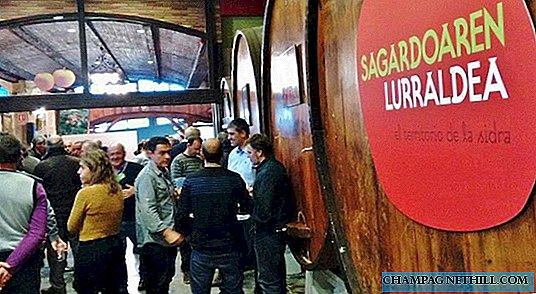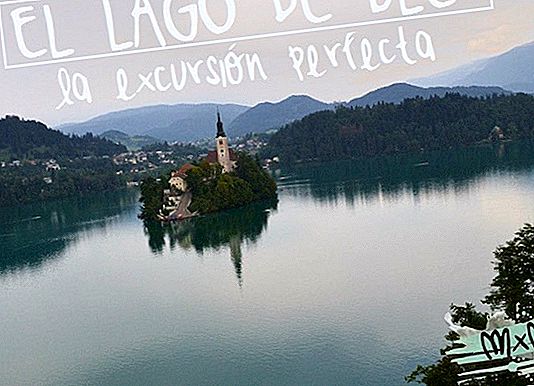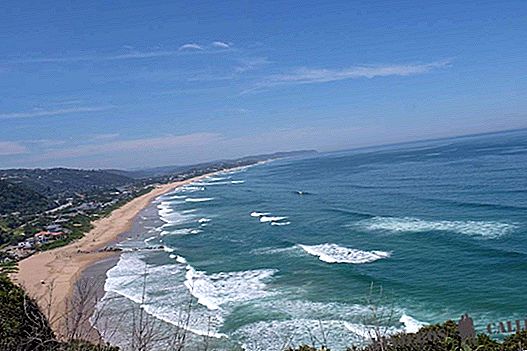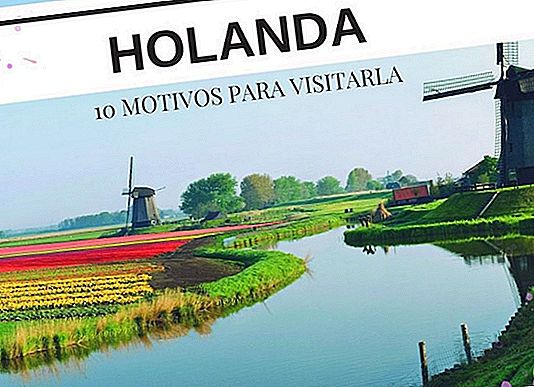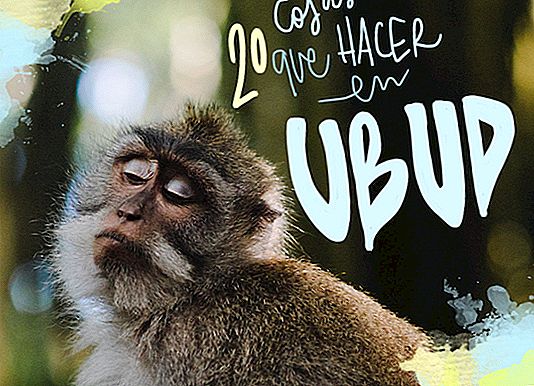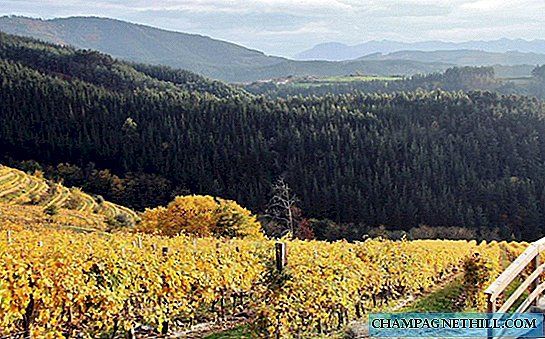
Vineyards of Bodegas Berroja in Urdaibai in Euskadi
I've always liked the txacoli, as well as other fresh wines, such as ribeiro, and, apart, natural cider.
Now until the trip to Euskadi that not long ago I had the chance to enjoy, I didn't know there were many different varieties of txacolí.
In Berroja Wineries, in the beautiful natural enclave of the Urdaibai Biosphere Reserve, in the surroundings of the Mundaka estuary, I participated in a day of wine tourism with a Txacolís tasting where I had the opportunity to taste up to five different specialties.

Vineyards of Bodegas Berroja in Urdaibai in Euskadi
He txacoli It is a wine of the year, traditionally made in hamlets, with light bubbles and reduced alcohol content (9.5 degrees), which is served fresh. But it has a characteristic acidity that is a wine not so easy to drink worldwide.
Traditionally, to serve the Txacoli had to throw it away as it happens with the cider, so that it broke in the glass, but at present it is no longer like that.
Under the designation of origin of txacolí, and complying with the norm that in its elaboration at least 80 percent of the native grape is used Hondarribi Zuri, round, easier to drink txacolis are marketed, but in some cases they don't even seem to be.
In fact, there are now three denominations of origin that exist: txacolí de guetaria, which was the initial denomination, the Vizcaya txacoli and the txacolí from Alava.

Txacolí from Bodegas Berroja in Urdaibai in Euskadi
Specifically, the appellation of origin of Txacolí de Guetaria It was established in 1990, and covered only wines made in the areas of Guetaria, Zarauz and Aya. But in 2007 the geographical area was extended to Guipuzcoa, although the initial denomination was maintained of ghetto.
In the Txacolís tasting by Bodegas Berroja I could see the great difference in flavor between the most traditional and the most modern elaborations.
The traditional way of making txacolí implies that, after the grape has been harvested since the end of September, pressing is carried out in the grapes and then the must is fermented at a controlled temperature, between 15 and 30 days.

Landscape of vineyards in Urdaibai in Euskadi
Finally, after a few months of rest, you are ready for consumption. In short, a wine that you should drink a year, and not later than a year and a half after its elaboration.
Txacolí de guetaria It is the one that maintains the most traditional flavor, with the aforementioned acidity, which is precisely what I always liked about this wine.
Miguel Garaizábal, who will create the Berroja Wineries In 1995, with an initial plantation of vineyards of three hectares, he told us that in his production they maintained that characteristic flavor, although reducing the acidity a bit, since it is what gives the personality to the Txacolí compared to other white wines that are produced in the world.
Currently, in Berroja Wineries, which has an area of 20 hectares of vineyards, about 70,000 bottles per year of the classic txacolí are produced. But they also offer another variant of more elaborate txacoli, aged in dead yeast for two years, from which they produce 5,000 bottles per year.
If you are interested in deepening the knowledge of the elaboration of the traditional Txacolí, when you travel through the places of Urdaibai natural environment You can sign up for the guided tours of the wineries, as well as Txacolís tasting, in an activity of wine tourism.

Landscape of vineyards in Urdaibai in Euskadi

